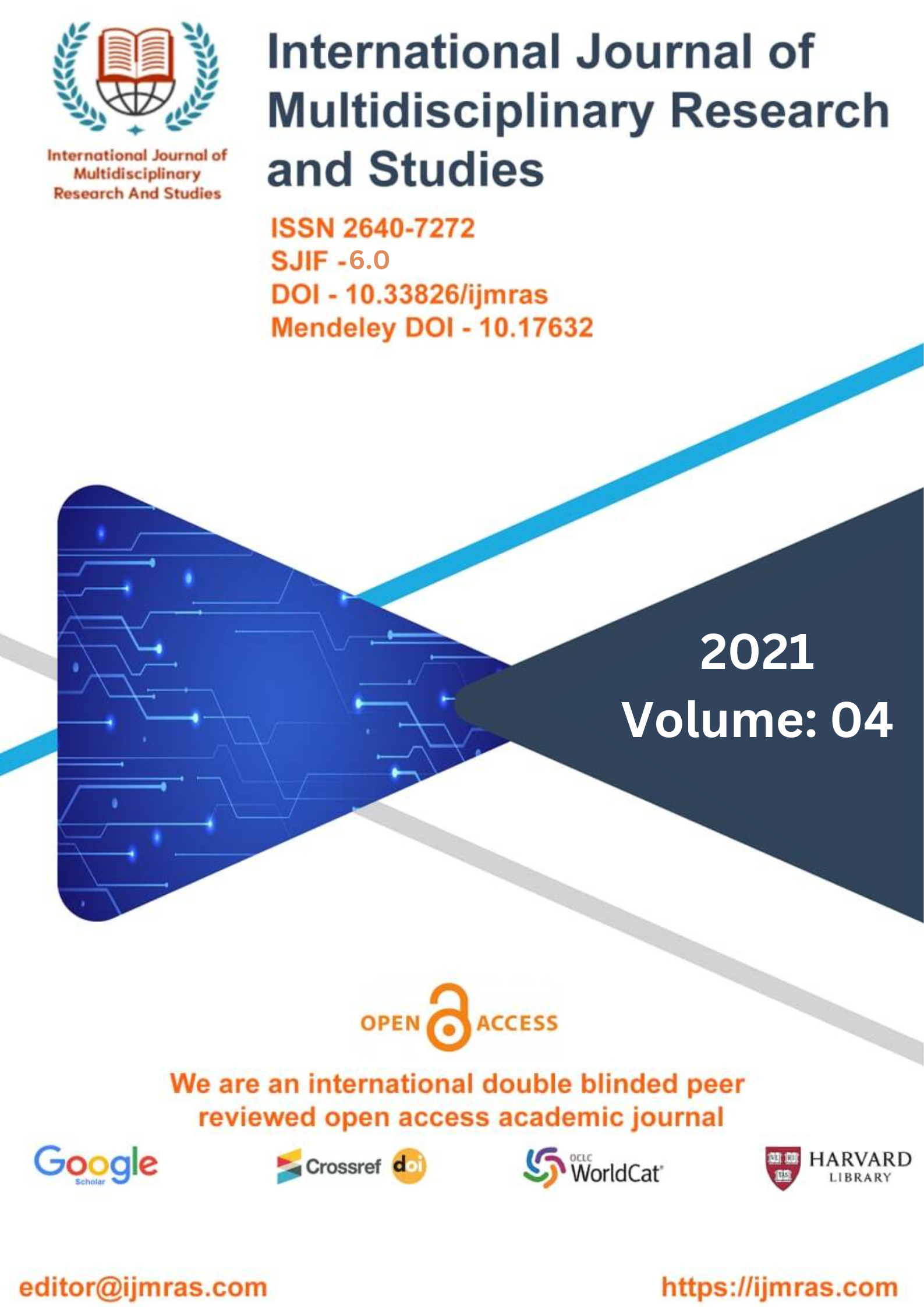STUDY OF THE GENERATION GAP BETWEEN GIRL STUDENTS AND THEIR PARENTS

Abstract
Childhood relationships build a person's identity because they inspire or reject family members who serve as role models, which shapes feelings and behaviours (Brannen et al., 2004). Children's lives are shaped by the frequency and intensity of interactions among family members as well as the kind of family structure. Falk and Falk (2005) provided six hypothetical categories of family configurations in which kids may grow up. The first of them is autocratic, when children are not permitted to express their opinions, participate in decision-making, or take the initiative. The second type of structure is authoritarian, where children are free to voice their thoughts and opinions but only their parents are authorised to make choices. Third-ranked democratic structures give kids some control over their conduct, yet the ultimate choice still needs parental approval. The voices of children are given the same weight by an egalitarian system as the words of their parents. Contrarily, a permissive framework provides people more autonomy over their own lives than their parents do. Last but not least, the Leissez Faire structure forbids complete parental engagement in children's issues. All children are in their decisions.
Keywords
generation, gap, students, relationshipsHow to Cite
References
Aldous, J., & Hill, R. Social cohesion, lineage type, and intergenerational transmission. Social Forces, 1965, 4J, 471-482.
Altbach, P. G., & Laufer, R. S. (Eds.) The new pilgrims: Youth protest in transition. New York: David McKay, 1972.
Bengtson, V. L., & Black, K. D. Intergenerational relations and continuities in socialization. In P.
Comte, A. The positive philosophy of August Comte. (Transl. by Martineau) London: Bell, 1896. Connell, R. W. Political socialization in the American family: The evidence re-examined. Public Opinion Quarterly, 1972, 36, 321-333.
Davis, K. The sociology of parent-youth conflict. American Sociological Review, 1940, 5, 523-534. Douvan,
E. & Adelson, J. The adolescent experience. New York: John Wiley, 1966. Eisenstadt, S. N. From generation to generation.
Glencoe: The Free Press, 1965. Flacks, R. Youth and social change. Chicago: Markham, 1971. Friedenberg, E.
Current patterns of a generational conflict. Journal of Social Issues, 1969, 25(2), 21-J8. (a) Friedenberg,
Harman,, J. Modern factor analysis. Chicago: University of Chicago Press, 1967.
Hill, R. Family development in three generations. Cambridge, Mass.: Schenkman, 1970. (a)Hill, R. The three-generation research design: Method for studying family and social change. In R.
Hill & R. Konig (Eds.), Families in east and west: socialization process and kinshI}?ties. Paris: Moulton, .1970. (b) Jennings, M. K. The variable nature of generational conflict. Paper presented at the International Political Science Association Congress, Montreal, August 1973 . .
Manheim, K. The problem of generations. In Essays on the sociology of knowledge. London: Routledge and Kegan Paul, 1952. (Orig. published 1923.) Mead,
M. Culture and commitment: generation gap. New York: !l study of the Basic Books, 1970. Mill, J, S. A system of logic, ratio inactive and inductive. London: Longmans, 1961. (Orig. published 1843.) Osgood, C. E.
Semantic differential technique in the comparative study of cultures. American Anthropologists, 1964, 66(3), 171-200.
Tzeng, O. C. S. Q-Reliability coefficient for semantic differential ratings. University of Illinois, 1976b (Mimeo.).
Tzeng, O. C. S. &Dimit, M. Dynamics of generation~• Center for Comparative Psycholinquistics. University of Illinois, 1975.
License
Copyright (c) 2021 Anil Prasad

This work is licensed under a Creative Commons Attribution 4.0 International License.
Individual articles are published Open Access under the Creative Commons Licence: CC-BY 4.0.



